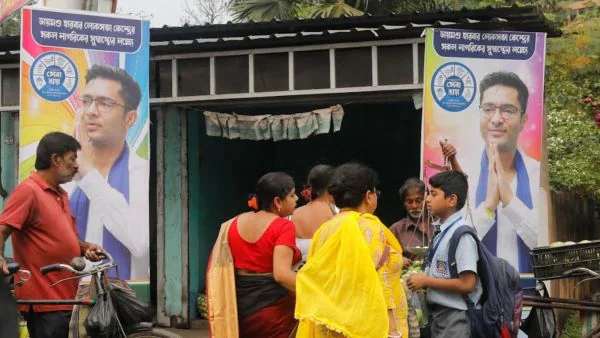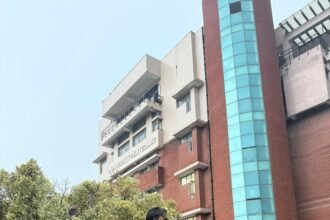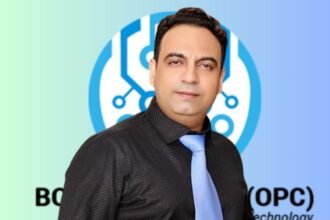It is difficult to miss Abhishek Banerjee when traveling the 7.5-kilometer South 24 Parganas district flyover, which is the longest in West Bengal. In the billboards on either side, the Trinamool Congress MP greets visitors to the “Sebaashray Health Camps” in his Diamond Harbour constituency.
According to the TMC national general secretary, around 12 lakh individuals used the free services at the Sebaashray camps during the first phase of the scheme, which ran from January 2 to March 20. The costs of those who were referred to private hospitals were also covered.
The health camps were just the latest and most well-known part of Abhishek’s widely talked-about “Diamond Harbour Model,” which also featured outreach programs like “Ek Daak E Abhishek (Abhishek a call away),” pension camps, and accelerated government services and large-scale projects. By taking these actions, the constituency was able to stand out from the other 41 Lok Sabha seats in the state.
This stems from the Opposition’s advantage of being Chief Minister Mamata Banerjee’s nephew and the second-ranking member of the ruling party. And evidence that the system as a whole is falling behind.
Health camps
About 40–50 health camps were hosted for ten days in each of the seven Assembly divisions under Diamond Harbour during the 75-day Sebaashray initial phase. There was a “model camp” for every 42 health camps, or about one Assembly segment each.
According to TMC leaders, Abhishek himself kept an eye on the plan, posting daily updates and images from the camps on his and the party’s social media accounts.
The majority of the costs were covered by Abhishek’s MPLADS funding, with assistance from the council members and MLAs (all seven under Diamond Harbour are TMC members). According to records from the Lok Sabha, Abhishek used all of his MPLADS money, spending Rs 13.46 crore on infrastructure and related projects, Rs 1.28 crore on health care, and Rs 0.42 crore on education.
According to Abdul Khaleque Molla, the Metiabruz MLA, there was no lack of support. Twelve hospitals were brought on board for referral cases, and approximately 1,200 government doctors served as “volunteers,” according to Dr. Akhbar Hossain, the program’s overall medical coordinator. This has also drawn criticism.
In the Assembly segment of the same name, Partha Sarathi Dasgupta, the president of the TMC local booth and the head of a camp in Budge Budge town, told The Indian Express that the goal was to “augment government health care.” “The infrastructure of the primary health centers (PHCs) is inadequate. Additionally, examinations at large government hospitals (there are two nearby) can take months. Here, we performed the fundamental tests; for others, like MRIs, we sent patients to model camps.
Indranil Bagchi, an MD assigned to Barasat Government Hospital, which is approximately 55 kilometers away, was one among the medical professionals that volunteered at the Budge Budge camp. According to Bagchi, he was at the camp during his weekly off, and the TMC arranged for their pickup and drop-off.
A physician employed by the Kolkata Municipal Corporation named Manbur Ali claims he took time off to work at the camp.






